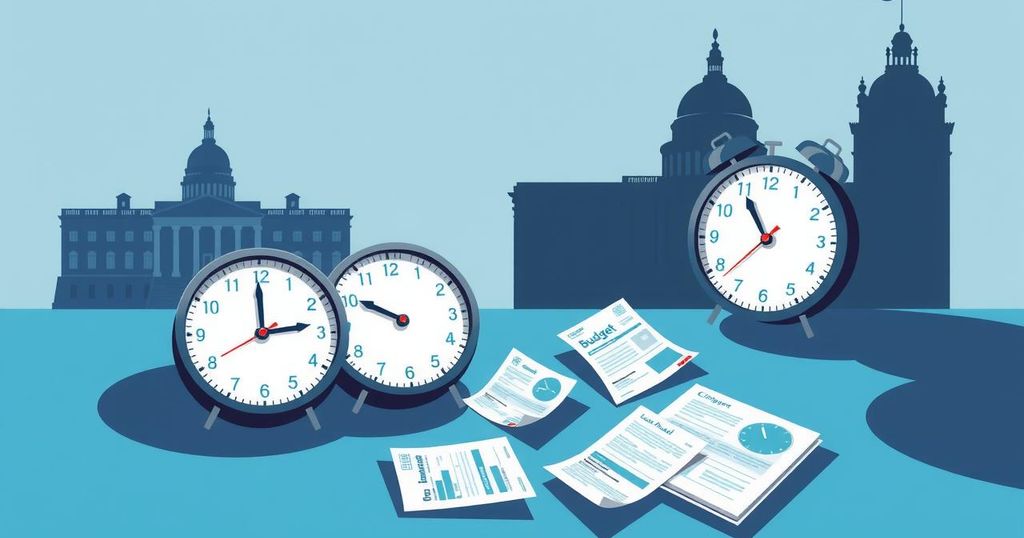Government Shutdown Explained: Will Trump and Congress Avoid Deadline?
- March 14 is the pivotal deadline for funding the government.
- A House-passed bill aims to fund operations until September but faces Senate uncertainty.
- Complications arise from the DOGE initiative affecting federal staffing and operations.
Upcoming March 14 Deadline Could Trigger Shutdown
As March 14 approaches, the U.S. government stands on a tightrope, balancing the possibility of a shutdown against the political machinations of Congress and President Donald J. Trump. This deadline looms large, demanding lawmakers either pass a full-year appropriations package or a continuing resolution. If they fail, a familiar scenario unfolds—nonessential operations shuttered, and thousands of civil servants sent home, ushering in another cycle of political gridlock that sends ripples through the fabric of American life. Citizens and businesses are anxiously watching and waiting to see what will transpire.
Senate’s Uncertain Response to House Funding Bill
On March 12, the House managed to push through a funding bill to sustain the government until September, yet the Senate’s response is still up in the air. Reports indicate that Senate Democrats are sceptical, mulling the House’s stopgap measure with hesitance. The stakes are especially high; if a shutdown occurs, numerous federal agencies would face severe operational challenges, potentially grinding services like tax refunds and small business loans to a halt. Historical trends suggest that both political parties buckle under pressure from constituents who worry about the economic fallout of a shutdown, which could undermine public trust in government efficiency.
Impacts on Healthcare Services and Operations
Complicating matters is the so-called DOGE initiative, backed by Elon Musk, which aims to streamline government by reducing the workforce and shuttering certain departments entirely. This raises essential questions about the GOP’s actual commitment to averting a government shutdown. With every delay, citizens find themselves caught in the uncertainty that surrounds healthcare provisioning and other crucial sectors. For instance, the Department of Health and Human Services is tasked with an uphill battle, where furloughing nonessential workers churns the wheels of progress in a very slow motion—research initiatives face uncertainty, while critical personnel at organisations like CMS continue their essential duties, albeit less robustly. Public health agencies struggle with limited resources, leading one to ponder just how much longer the status quo can be maintained without a shakeup.
As the March 14 deadline approaches, the stakes of a potential government shutdown are becoming all too clear. With the Senate hesitant and the House pushed forward, a flurry of uncertainty leads many to wonder whether a deal can be struck in time. The implications stretch from delayed tax refunds to strained healthcare services, highlighting the ripple effect of political brinkmanship on everyday Americans. If history serves as a guide, we may be in for another classic showdown on Capitol Hill, one that could shape the political landscape in myriad ways.




